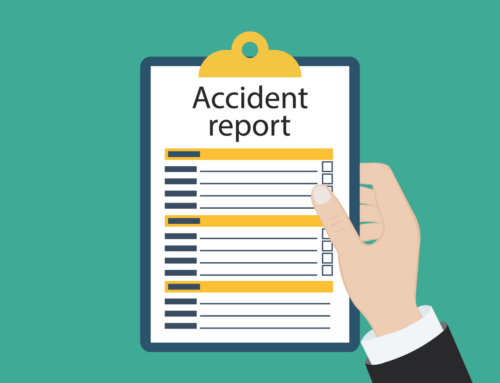What’s Changing with Cal/OSHA Illness & Injury Regulations
On January 25, 2019, federal OSHA finalized its rule-making on electronic reporting requirements. The proposed rule, which was posted in a July 27, 2018 trade release, took effect on February 24, 2019 and rescinded the requirement for employers with 250 or more employees to electronically submit OSHA Forms 300 and 301. OSHA noted three primary reasons for rescinding the formerly required submissions:
- OSHA determined that the more detailed information required on Forms 300 and 301 might pose a threat to the privacy of workers. Form 300A requires more generic information and will, therefore, continue to be reported to OSHA.
- OSHA deemed the benefits of collecting compliance and enforcement data is still uncertain.
- OSHA determined the diversion of resources needed for collecting and reviewing the data would impact existing priorities including use of Form 300A and severe injury reports already being collected.
Cal/OSHA Response
In response to what was seen as potentially diminished federal regulation, California’s Governor Brown signed Assembly Bill (AB) 2334 in September 2018. This bill requires Cal/OSHA to monitor federal rule-making and convene an advisory committee within 120 days if it determines federal OSHA has eliminated or substantially diminished the electronic illness and injury reporting requirements. The impacts of AB 2334 are outlined below:
- Emergency Regulatory Action on Recording and Reporting of Occupational Injuries and Illnesses – in November 2018 this emergency action was approved, which required certain establishments in California to submit Form 300A data covering calendar year 2017 by December 31, 2018. Form 300A data for calendar year 2018 was required to be submitted by March 2, 2019. The establishments affected include:
- All establishments with 250 or more employees, unless specifically exempted (California Code of Regulations, Title 8, Section 14300.2)
- Establishments with 20 to 249 employees in a designated list of industries (Appendix H of the emergency regulations)
- Record Retention Violations – AB 2334 amends California law to specify that the occurrence of a record retention violation continues until:
- The violation is corrected,
- Cal/OSHA discovers the violation, or
- The duty to comply with the requirement no longer applies.
By this definition, any failure to record an injury/illness would be considered a continuing violation until it is corrected or discovered by Cal/OSHA with a look-back period well beyond the original 6-month statute of limitations on record keeping.
- Advisory Committee on Electronic Submission of Injury and Illness Records – the initial Advisory Committee meeting was held on May 9, 2019 to evaluate potential illness and injury record keeping requirements.
Since state health and safety laws must be at least as effective as federal OSHA laws, but can be more stringent, Cal/OSHA could reinstate the required electronic filing of Cal/OSHA Forms 300 and 301. Any rule-making that comes out of the Advisory Committee actions will require significant legislative and regulatory activity, however employers should stay aware of developments that could impact their reporting obligations. California employers are also wise to review their documentation of illness and injury events to minimize possible record retention violations.
Questions or Need Help? Give us a call at (512) 301-1451 and we’ll be happy to assist in answering your questions.
Additional Useful Links and Guidance
Assembly Bill No. 2334 click here
Cal/OSHA Recording and Reporting of Occupational Injuries and Illnesses Proposed Legislation click here
Cal/OSHA Website click here









